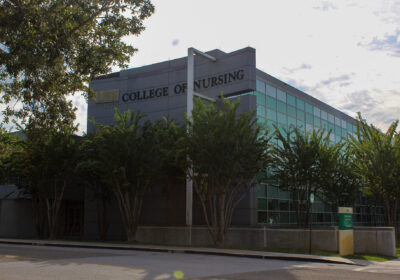University burdened by dwindling middle class
According to the U.S. Census Bureau, the average American middle class household earned $49,445 in 2010. This median number is flanked on both sides by extreme wealth and extreme poverty a division that is reflected in the distribution of students at USF and one that leads to an increased financial burden on universities.
According to the Bureaus 2012 American Community Survey Briefs, U.S. household income inequality has increased by 18 percent since 1967.
The decline in the U.S. middle class percentage is reflected at USF. According to the schools 2011-2012 work plan, 24 percent of students came from families whose total incomes were greater than $100,000, and 38 percent come from families whose incomes were less than $40,000.
USF Provost Ralph Wilcox said to the Board of Governors that one of the biggest challenges the university is facing is the increasing number of Pell Grant recipients, which, along with the numbers, indicates a rise in the number of students at the lower end of the financial spectrum.
The heavy concentration on either end of the scale is not surprising given the overall changes sweeping the nation. The cause for concern is the implication of such a change for universities. According to the USF Board of Governors Budget and Finance Committee, at USF, those from a family whose income is below $40,000 receive on average $2,863 above the cost of tuition, while those who come from families who make between $60,000 and $79,999 are expected to contribute $1,803.
With the recent USF Board of Trustees recommendation to increase the percentage of tuition differential put toward need-based financial aid from 30 percent to 40 percent, the issue becomes clear. More money is needed to alleviate the burden upon the lower 38 percent of the university demographic. At the same time, the upper 24 percent has the ability to meet the financial demands of the university.
Then there is the middle class, lying between the upper crust and those in severe need. Though some receive need-based financial assistance, it is not enough to cover the complete costs of education. And while those of lower family economic incomes are in greater need, those in the middle portion of the spectrum are lost in the shuffle of trying to create equality for those of lower status.
With declining support at the state level, increased federal support would serve to decrease the gap in wealth and lead to a fewer people who are in poverty, leaving more financial assistance for a larger middle class.
To aid students in need of financial assistance, the government and Federal Reserve can carry the same job-creating sentiments of Obamas stimulus plan into education, using more of the $30 billion per year in subsidies on work-study programs and similar endeavors.






